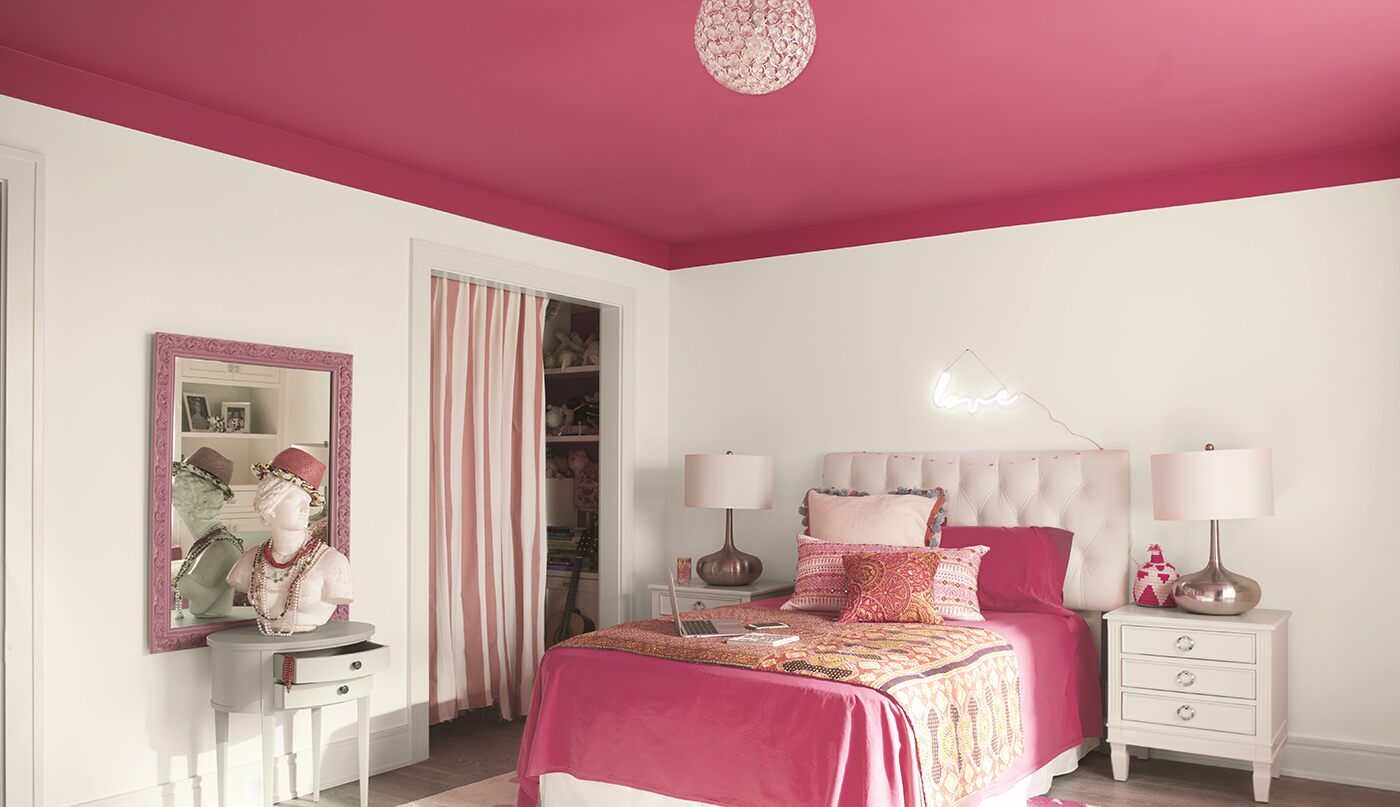

Articles
What Kind Of Paint Is Suitable For Ceilings
Modified: October 28, 2024
Looking for articles on what kind of paint to use for your ceiling? Find expert advice and recommendations for painting your ceiling with the right type of paint.
(Many of the links in this article redirect to a specific reviewed product. Your purchase of these products through affiliate links helps to generate commission for Storables.com, at no extra cost. Learn more)
Introduction
When it comes to painting a room, people often focus on the walls and overlook the ceiling. However, a well-painted ceiling can greatly enhance the overall look and feel of a space. Whether you’re renovating, redecorating, or simply freshening up your home, choosing the right paint for your ceiling is crucial.
Not all types of paint are suitable for ceilings. Factors such as durability, reflectivity, coverage, and ease of application need to be considered. Additionally, the color and finish of your ceiling paint can have a significant impact on the perceived size and brightness of a room. To help you make an informed decision, this article will explore the different types of paint suitable for ceilings, recommended brands, and tips for a successful ceiling painting project.
Key Takeaways:
- Choose water-based or latex ceiling paint for easy application, quick drying, and low odor. It offers excellent coverage and durability, making it suitable for most ceilings.
- Consider the size of the room and natural light when choosing a ceiling color. Lighter colors create a spacious feel, while darker colors add depth and coziness.
Factors to consider when choosing paint for ceilings
Choosing the right paint for your ceiling involves considering several factors to ensure the best results. Here are some key factors to keep in mind:
- Type of surface: Ceilings can be made of different materials such as drywall, plaster, or wood. The type of surface will determine the type of paint you should use. For example, a water-based paint is suitable for most surfaces, while an oil-based paint may be needed for older or heavily stained ceilings.
- Finish: The finish of your ceiling paint will impact its appearance and durability. Flat or matte finishes are popular for ceilings as they help to hide imperfections and provide a smooth, even appearance. However, if you’re looking for a more reflective finish, you can opt for a satin or semi-gloss paint.
- Coverage: Depending on the condition of your ceiling and the color you’re painting over, you may need a paint with excellent coverage to avoid multiple coats. Look for paints labeled as “high-hide” or with good coverage ratings to save time and effort.
- Reflectivity: If you want to brighten up a room or make it appear larger, choosing a paint with high reflectivity can help. Lighter colors with higher light reflectance values (LRV) will reflect more light, creating a brighter and more spacious feel.
- Drying time: Consider the drying time of the paint, especially if you need to paint multiple coats or have a limited time for the project. Water-based paints generally dry faster than oil-based paints.
By taking these factors into account, you can choose a paint that matches your specific needs and ensures a long-lasting and visually appealing finish for your ceiling.
Types of paint suitable for ceilings
When it comes to choosing the right paint for your ceiling, there are several options to consider. Each type of paint has its own characteristics and advantages. Here are the most common types of paint suitable for ceilings:
- Water-based ceiling paint: Water-based or latex ceiling paint is the most popular choice for many homeowners. It is easy to use, has low odor, dries quickly, and is easy to clean up with soap and water. Water-based paints also offer excellent coverage and durability, making them suitable for most ceilings.
- Oil-based ceiling paint: Oil-based paints are known for their durability and smooth application. They provide a hard, glossy finish that can withstand moisture and stains. However, oil-based paints have a longer drying time and can emit strong odors, so proper ventilation is crucial when using them.
- Gloss and flat ceiling paint options: Within the water-based and oil-based categories, you can choose between different finishes. Flat or matte ceiling paint is ideal for concealing imperfections and creating a smooth, non-reflective surface. Gloss or semi-gloss ceiling paint, on the other hand, adds a subtle sheen and is more washable, making it suitable for areas with higher humidity or frequent cleaning needs.
When deciding between these types of paint, consider the specific needs and requirements of your ceiling. Factors such as the condition of the surface, desired finish, drying time, and odor sensitivity will influence your choice. It’s also essential to read the manufacturer’s recommendations and instructions on the paint can to ensure compatibility with your ceiling.
Next, we’ll explore some recommended brands for ceiling paint to help you make an informed decision.
Water-based ceiling paint
Water-based or latex ceiling paint is a popular choice for homeowners due to its ease of use, quick drying time, and easy clean-up. Here are some reasons why water-based paint is suitable for ceilings:
- Easy application: Water-based paints are thinner and have a smoother consistency, making them easier to apply on ceilings. They tend to glide on smoothly and evenly, reducing the chances of brush or roller marks.
- Low odor: Unlike oil-based paints, water-based paints have minimal odor. This makes it more pleasant to work with, especially if you are sensitive to strong smells or if you are painting in an enclosed space.
- Quick drying time: Water-based ceiling paint dries faster than oil-based paints, allowing you to complete your painting project with less waiting time between coats. This is especially beneficial if you have a tight deadline or want to finish the project in a shorter amount of time.
- Easy clean-up: One of the major advantages of water-based paint is its easy clean-up. You can simply clean your brushes, rollers, and any paint spills with soap and water, eliminating the need for harsh solvents or paint thinners.
- Excellent coverage: Water-based ceiling paints offer excellent coverage, which is crucial when painting over different colors, stains, or imperfections on the ceiling. Look for paints labeled as “high-hide” or with good coverage ratings to ensure a smooth and uniform finish.
Some recommended brands for water-based ceiling paint include Behr Premium Plus Ultra Ceiling Paint, Benjamin Moore Waterborne Ceiling Paint, and Sherwin-Williams Eminence Ceiling Paint. These brands are known for their high-quality formulations, durability, and wide range of color options.
When using water-based ceiling paint, it’s important to prepare the surface properly by cleaning, patching any holes or cracks, and priming if necessary. Follow the manufacturer’s instructions for application and drying times to achieve the best results.
Next, we’ll explore another type of paint suitable for ceilings – oil-based ceiling paint.
Latex ceiling paint
Latex ceiling paint, also known as acrylic latex paint, is a water-based paint that contains acrylic resins. It is a popular choice for ceilings due to its durability, versatility, and ease of application. Here are some reasons why latex ceiling paint is a suitable option:
- Durability: Latex ceiling paint is known for its long-lasting durability. It can withstand daily wear and tear, including light scrubbing and cleaning, without easily peeling or fading. This makes it a great choice for high-traffic areas or rooms with moisture, such as bathrooms or kitchens.
- Wide range of finishes: Latex ceiling paint is available in various finishes, including flat, eggshell, satin, and semi-gloss. This allows you to choose the level of sheen that best suits your aesthetic preferences and the functionality of the space.
- Easy application: Latex paint is easy to apply with brushes, rollers, or sprayers. Its smooth consistency ensures a uniform application and minimal visible brush or roller marks. This makes it suitable for DIY projects or for those with limited painting experience.
- Low odor: Like other water-based paints, latex ceiling paint has low to no odor, making it more pleasant to work with. It minimizes the need for ventilation during application, allowing you to paint comfortably in enclosed spaces.
- Quick drying time: Latex paint dries relatively quickly, allowing you to apply multiple coats within a shorter period. This is especially advantageous if you have a tight schedule or want to complete your ceiling painting project promptly.
When selecting latex ceiling paint, consider factors such as the condition of your ceiling, the desired level of durability, and the recommended finish for the space. Some popular brands for latex ceiling paint include Sherwin-Williams Cashmere Interior Acrylic Latex, Glidden Premium Interior Latex Ceiling Paint, and Valspar Pro Contractor Coat Ceiling Paint.
Before painting, ensure that the ceiling surface is clean, free of any dust or debris, and properly primed if needed. Follow the manufacturer’s instructions for application and drying times to achieve the best results.
Next, we’ll explore another type of paint suitable for ceilings – oil-based ceiling paint.
Read more: What Kind Of Paint To Use On A Dresser
Oil-based ceiling paint
Oil-based ceiling paint is a traditional choice known for its durability and smooth finish. While it’s not as commonly used as water-based or latex paints, it offers unique advantages that make it suitable for certain situations:
- Durability: Oil-based paint is incredibly durable and can withstand wear and tear better than other types of paint. It forms a hard, protective surface that resists chipping, cracking, and stains. This makes oil-based paint a good option for ceilings in areas prone to high humidity, such as bathrooms or kitchens.
- Smooth application: Oil-based paint has excellent leveling properties, which means it self-levels as it dries and creates a smooth, flawless finish. This makes it ideal for ceilings with visible imperfections or uneven surfaces.
- Stain resistance: Oil-based paints offer superior stain resistance, making them a suitable choice for ceilings that may be exposed to moisture, smoke, or other substances that could cause stains. The smooth surface of oil-based paint also makes it easier to clean and maintain over time.
- Longer drying time: One of the downsides of oil-based paint is its longer drying time. It can take several hours or even days for the paint to fully dry and cure. Adequate ventilation is crucial when using oil-based paint, as its strong fumes can linger for an extended period.
- Brush marks: While oil-based paint offers a smooth finish, it can be more challenging to achieve a brush or roller mark-free application. It requires patience and skill to apply the paint evenly and avoid visible brush strokes. Using high-quality brushes and rollers can help minimize the appearance of marks.
Oil-based ceiling paints are less common nowadays, but they can still be found from reputable brands such as Benjamin Moore Satin Impervo Oil-Based Paint and Sherwin-Williams ProClassic Interior Alkyd Enamel. It’s important to note that the cleanup for oil-based paint requires mineral spirits or paint thinner, so proper disposal procedures should be followed.
When working with oil-based paint, take safety measures such as using gloves and ensuring proper ventilation in the room. Follow the manufacturer’s instructions regarding application, drying, and cleanup to achieve the best results.
Now that you have learned about oil-based ceiling paint, let’s move on to discussing the different gloss and flat ceiling paint options.
When painting a ceiling, it’s best to use a flat or matte finish paint. These finishes help to hide imperfections and minimize glare, creating a smooth and uniform appearance.
Gloss and flat ceiling paint options
When it comes to choosing the right finish for your ceiling paint, you have options that range from glossy to flat. The finish you select can significantly impact the overall appearance and ambiance of the room. Here are the two main options:
- Gloss ceiling paint: Glossy finishes, such as semi-gloss or high-gloss, create a reflective surface that adds an extra sheen to your ceiling. This type of finish is more washable and resistant to moisture, making it suitable for areas prone to humidity, like bathrooms or kitchens. However, it’s important to note that gloss finishes tend to highlight surface imperfections more than flat finishes.
- Flat ceiling paint: Flat, also known as matte, finishes provide a smooth and non-reflective surface for your ceiling. They help to hide imperfections and minimize the appearance of any surface irregularities. Flat finishes are often preferred for ceilings in living rooms, bedrooms, or areas where a softer, more subtle look is desired. Keep in mind that flat paints are less washable and may require repainting if they become stained or marked over time.
When choosing between gloss and flat ceiling paint, consider the overall aesthetic of the room and the functionality of the space. Gloss finishes can add a modern and sleek touch, while flat finishes create a more understated and relaxed atmosphere.
It’s important to note that the choice of finish is not limited to water-based or oil-based paints. Both types of paint can offer gloss and flat options. Make sure to check the product labels or consult with a professional at your local paint store to ensure you select the appropriate finish for the specific paint type you choose.
Now that we have discussed the different paint options for ceilings, let’s move on to recommended brands for ceiling paint.
Recommended brands for ceiling paint
Choosing the right brand of paint is essential for achieving a high-quality finish on your ceiling. Here are some recommended brands known for their excellent ceiling paint options:
- Behr: Behr is a renowned brand that offers a wide range of paints, including ceiling paint. Their Premium Plus Ultra Ceiling Paint is a water-based paint with excellent coverage and durability. It dries quickly and has low VOC levels, making it a popular choice among homeowners.
- Benjamin Moore: Benjamin Moore is known for its premium quality paints, and their ceiling paint options are no exception. The Waterborne Ceiling Paint offers a smooth, even finish and is easy to apply. It is specifically formulated for ceilings and provides great coverage and minimal splatter.
- Sherwin-Williams: Sherwin-Williams is a trusted name in the paint industry. Their Eminence Ceiling Paint is a water-based paint that delivers exceptional coverage and uniform color. It offers a flat finish, which helps to hide any imperfections on the ceiling surface.
- Glidden: Glidden is known for providing affordable yet high-quality paint options. Their Premium Interior Latex Ceiling Paint offers excellent coverage and a flat finish that helps to minimize the appearance of any surface imperfections.
- Valspar: Valspar offers a range of ceiling paint options that cater to different needs and preferences. Their Pro Contractor Coat Ceiling Paint is a high-hide water-based paint known for its excellent coverage, durability, and easy application.
When choosing a specific brand, consider factors such as the type of paint (water-based or oil-based), the desired finish, and any additional features or benefits you may be looking for in a ceiling paint. It’s always a good idea to read reviews, consult with professionals, or ask for recommendations from knowledgeable staff at your local paint store.
Now that you have an understanding of recommended brands for ceiling paint, let’s move on to discussing how to choose the right color for your ceiling.
Choosing the right color for your ceiling
When it comes to choosing the color for your ceiling, there are several factors to consider to achieve the desired effect and enhance the overall look of the room. Here are some tips to help you select the right color for your ceiling:
- Consider the room size: The color of your ceiling can affect how spacious a room appears. For smaller rooms, lighter colors like white, cream, or light gray can help create an illusion of more space and make the ceiling seem higher. In larger rooms, you can opt for darker or bolder colors to add depth and create a cozy atmosphere.
- Complement the walls: The color of your ceiling should complement the walls and other elements in the room. If you have walls with bold or vibrant colors, a neutral or lighter shade on the ceiling can help balance the overall visual impact. For rooms with lighter or neutral walls, you can choose a slightly different shade for the ceiling to add dimension and interest.
- Consider natural light: The amount of natural light in a room can influence how colors appear. If the room receives plenty of natural light, you can opt for cooler colors on the ceiling to enhance the sense of brightness. For rooms with limited natural light, warmer or softer colors can help create a cozy and inviting feel.
- Coordinate with the decor: Take into account the existing color scheme and decor in the room. Consider how the color of the ceiling will complement or enhance the other elements such as furniture, flooring, and accessories. A coordinated color scheme will create a cohesive and harmonious look.
- Sample and test: Before committing to a specific color, it’s a good idea to test it on a small section of your ceiling. Paint small swatches and observe the color at different times of the day in various lighting conditions. This will give you a better idea of how the color will look in the room before fully painting the entire ceiling.
Remember that there are no hard and fast rules when it comes to choosing a ceiling color. It ultimately depends on your personal preferences, the style of the room, and the mood you want to create. Don’t be afraid to experiment and have fun with different color options.
Now that you’re equipped with tips for choosing the right color, let’s move on to discussing some helpful tips for painting a ceiling.
Read more: What Kind Of Paint To Use On Grass
Tips for painting a ceiling
Painting a ceiling can be a challenging task, but with the right techniques and preparation, you can achieve professional-looking results. Here are some helpful tips to keep in mind when painting a ceiling:
- Prepare the room: Before you start painting, remove or cover furniture and belongings to protect them from paint splatters. Use drop cloths or plastic sheets to cover the floor and any surfaces you want to keep paint-free.
- Clean and prep the surface: Ensure that the ceiling surface is clean and free of any dust, dirt, or grease. Use a mild cleanser and a sponge or cloth to wipe away any stains or grime. Fill any cracks or holes with spackling compound and sand the surface to create a smooth, even texture.
- Prime the ceiling: Before applying the final coat of paint, it’s recommended to use a primer, especially if you’re painting over a darker or discolored surface. Primer helps to seal the surface and allows the paint to adhere better, resulting in a more uniform finish.
- Choose the right tools: Use a roller with an extension pole to easily reach the ceiling without straining yourself. For corners and edges, use a brush with angled bristles for precise and clean lines. Consider using a paint tray with a grid or a roller bucket to evenly distribute the paint and remove excess moisture from the roller.
- Apply thin coats: Start by cutting in along the edges of the ceiling with a brush, then use the roller to cover the larger areas. Work in small sections, and avoid applying too much pressure on the roller, as it can cause drips or uneven coverage. Apply multiple thin coats instead of trying to achieve full coverage with one thick coat.
- Use proper lighting: Adequate lighting is crucial when painting a ceiling to ensure even coverage and to identify any missed spots. Use bright, natural light or add additional lighting to the room to help you see and correct any imperfections.
- Apply consistent pressure: Maintain a consistent pressure on the roller or brush throughout the application process to achieve a smooth and uniform finish. Avoid pressing too hard, as it can cause streaks or unevenness on the ceiling surface.
- Allow for proper drying time: Follow the manufacturer’s instructions regarding the drying time between coats. It’s essential to allow each coat to dry completely before applying the next one to ensure proper adhesion and prevent any mishaps.
- Clean up carefully: Once you’ve completed the painting project, clean your brushes, rollers, and any other equipment with soap and water for water-based paints or with the appropriate solvent for oil-based paints. Properly dispose of any paint waste according to local regulations.
By following these tips, you can ensure a successful ceiling painting project and achieve a beautiful and professionally painted ceiling.
Now that you’re armed with valuable tips for painting a ceiling, it’s time to wrap up.
Conclusion
Choosing the right paint for your ceiling is an important decision that can greatly impact the overall look and feel of a room. Factors such as the type of paint, finish, color, and brand all play a significant role in achieving the desired results. Whether you opt for water-based or oil-based paint, flat or gloss finish, or a specific brand, it’s crucial to consider the specific needs of your ceiling and the overall aesthetic you wish to create.
Water-based or latex ceiling paint is a popular and versatile option that offers easy application, quick drying time, and low odor. It’s an excellent choice for most ceilings, providing good coverage and durability. On the other hand, oil-based ceiling paint offers exceptional durability, a smooth finish, and superior stain resistance, making it ideal for high-moisture or high-traffic areas.
The choice between gloss and flat ceiling paint depends on your personal taste, the level of sheen you desire, and the condition of your ceiling. Glossy finishes add a reflective shine and are more washable, while flat finishes help to hide imperfections and create a subtle, non-reflective look.
Recommended brands such as Behr, Benjamin Moore, Sherwin-Williams, Glidden, and Valspar offer high-quality ceiling paints with various features and finishes to suit your specific needs.
When selecting a color for your ceiling, consider the size of the room, natural light, and how it complements the overall color scheme and decor. Lighter colors can create an illusion of space, while darker or bolder colors can add depth and coziness.
Lastly, follow the tips for painting a ceiling, including proper preparation, choosing the right tools, applying thin coats, utilizing proper lighting, and allowing adequate drying time. By following these steps, you can achieve professional-looking results and enjoy a beautifully painted ceiling.
Remember, painting a ceiling may seem daunting, but with careful consideration of these factors and the use of recommended techniques, you can transform your living space into a visually pleasing and inviting environment.
Curious about your ceiling's color scheme? When deciding whether to match colors of walls and ceilings, certain considerations must be made, which are detailed in our article on whether ceilings should mirror the hues of adjacent walls. Additionally, artists and DIY enthusiasts will appreciate our roundup of the top acrylic paints for next year, offering insights into quality and application techniques. Both guides provide valuable tips, ensuring your projects turn out just right.
Frequently Asked Questions about What Kind Of Paint Is Suitable For Ceilings
Was this page helpful?
At Storables.com, we guarantee accurate and reliable information. Our content, validated by Expert Board Contributors, is crafted following stringent Editorial Policies. We're committed to providing you with well-researched, expert-backed insights for all your informational needs.
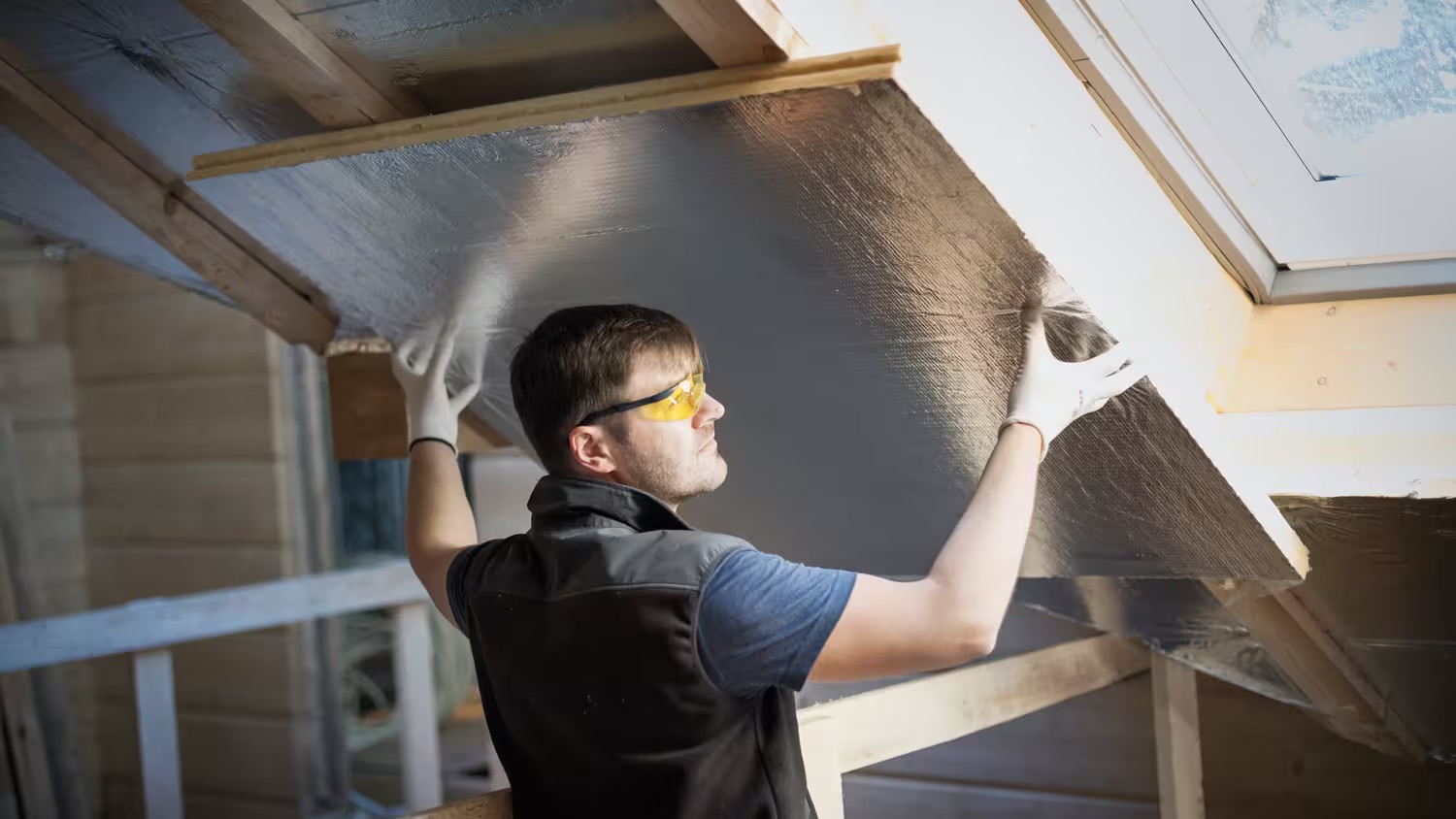


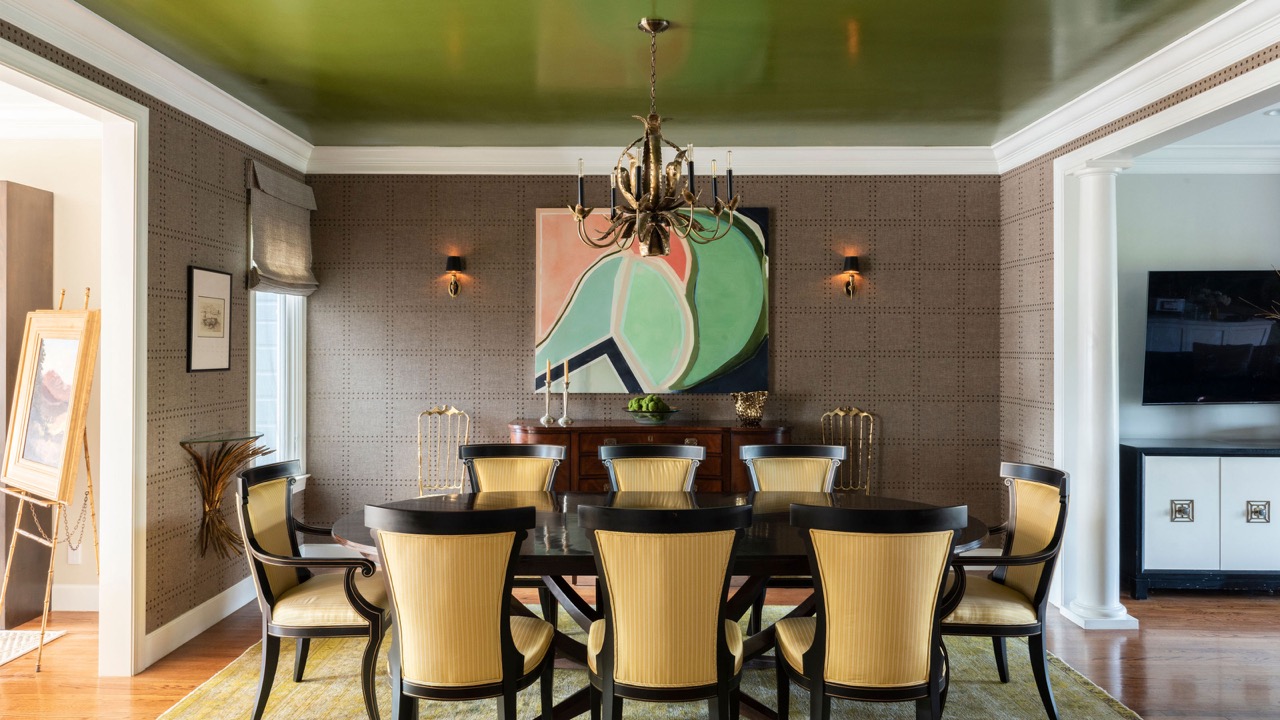
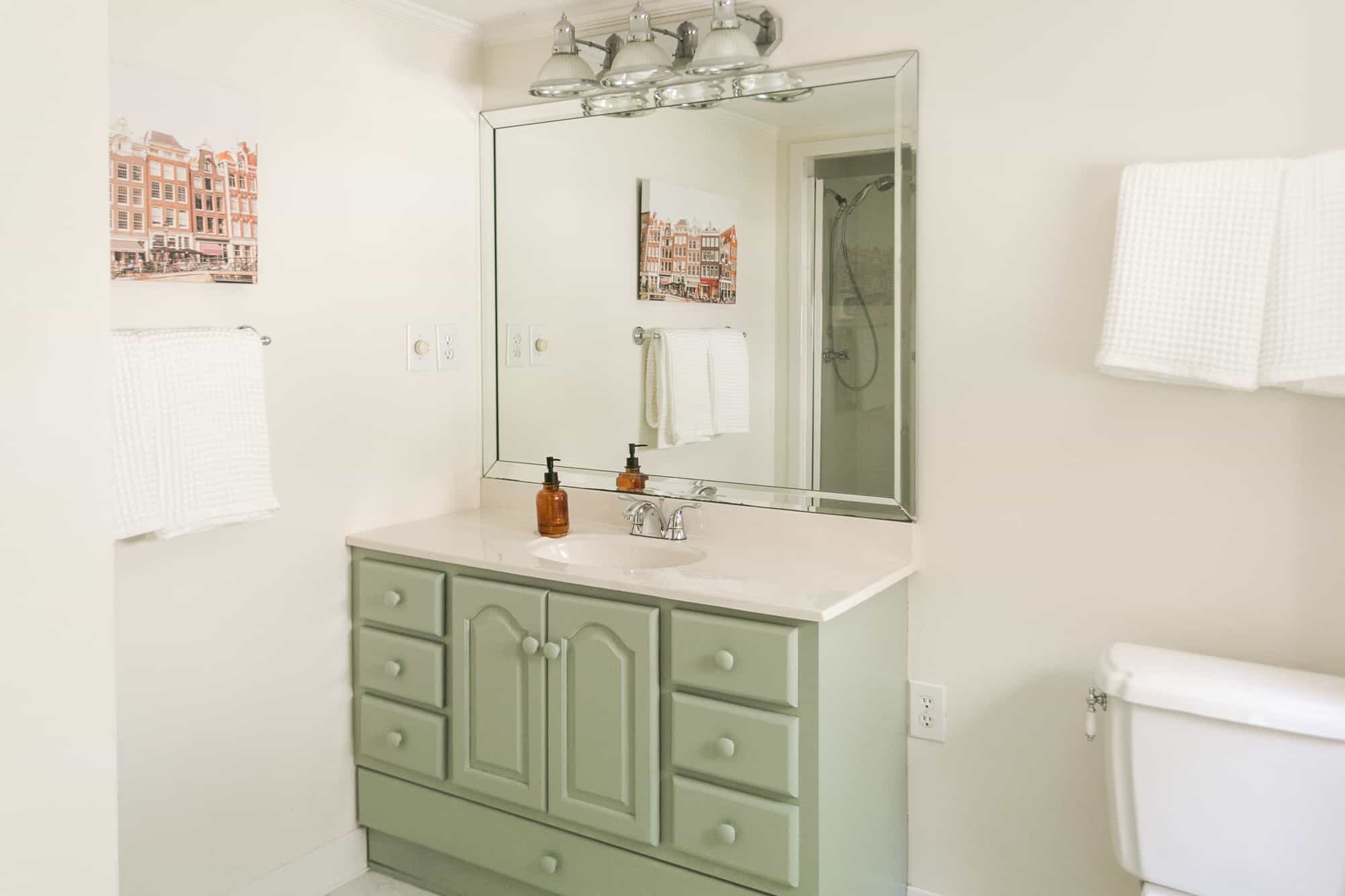
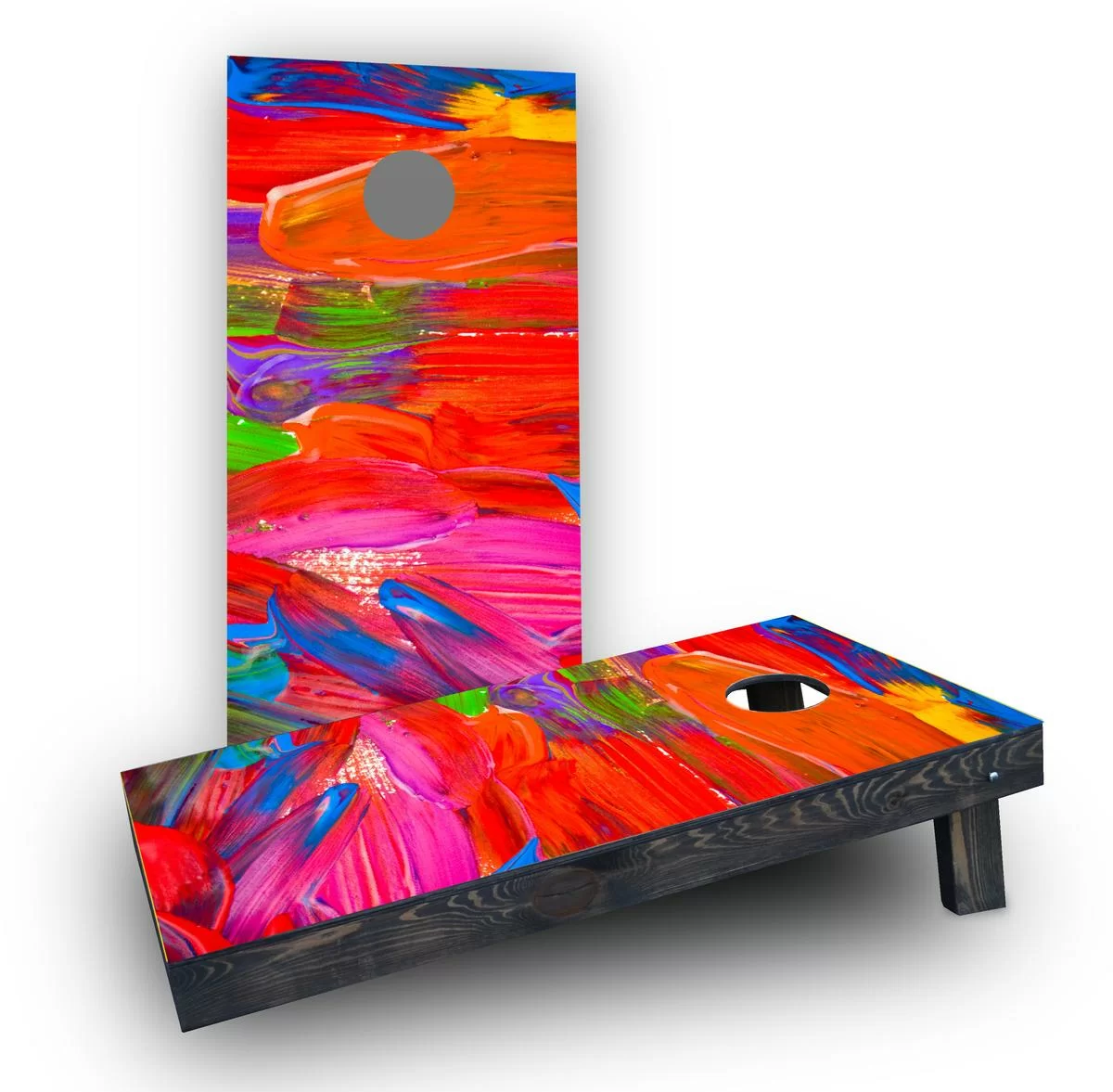

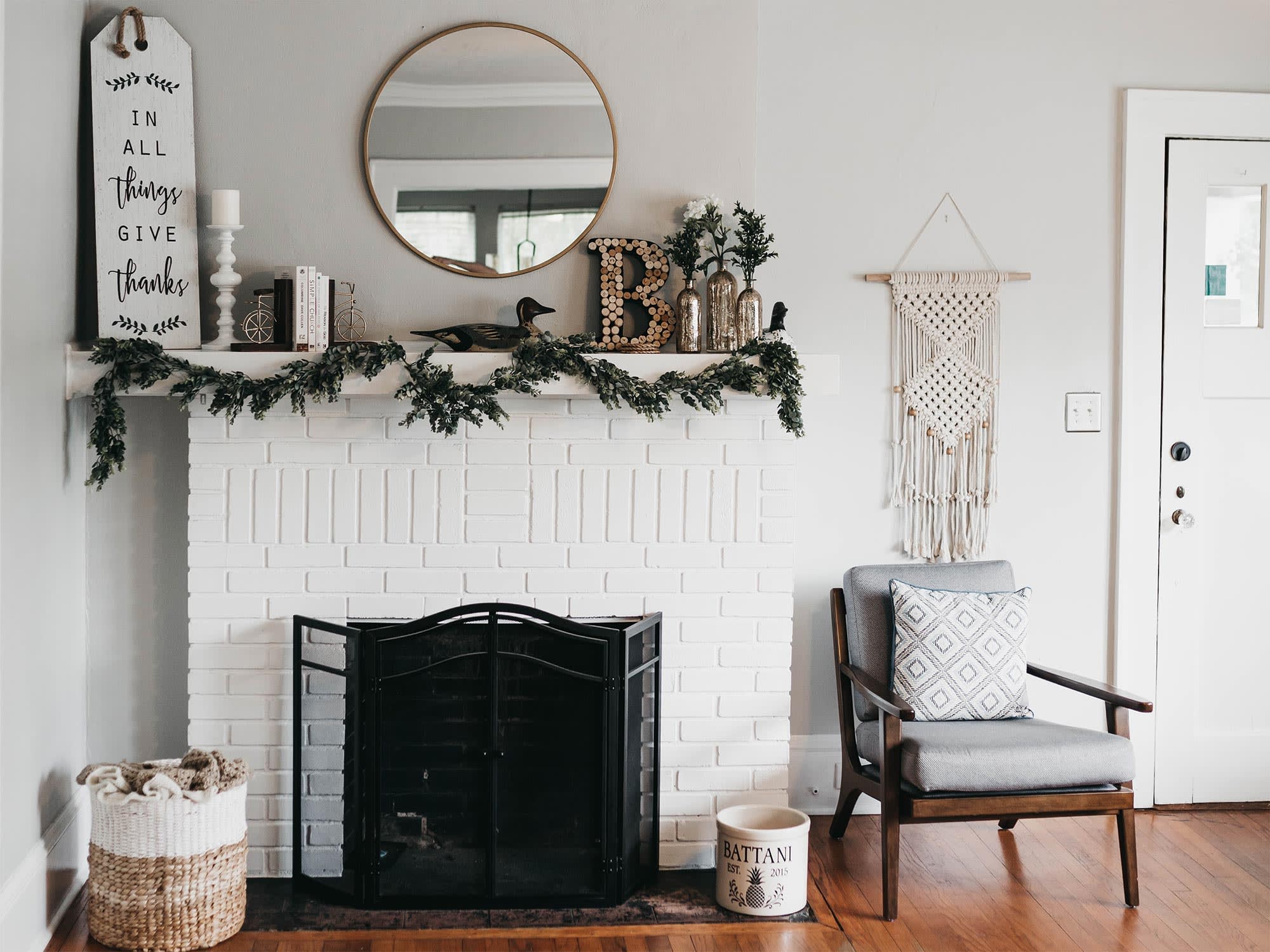






0 thoughts on “What Kind Of Paint Is Suitable For Ceilings”